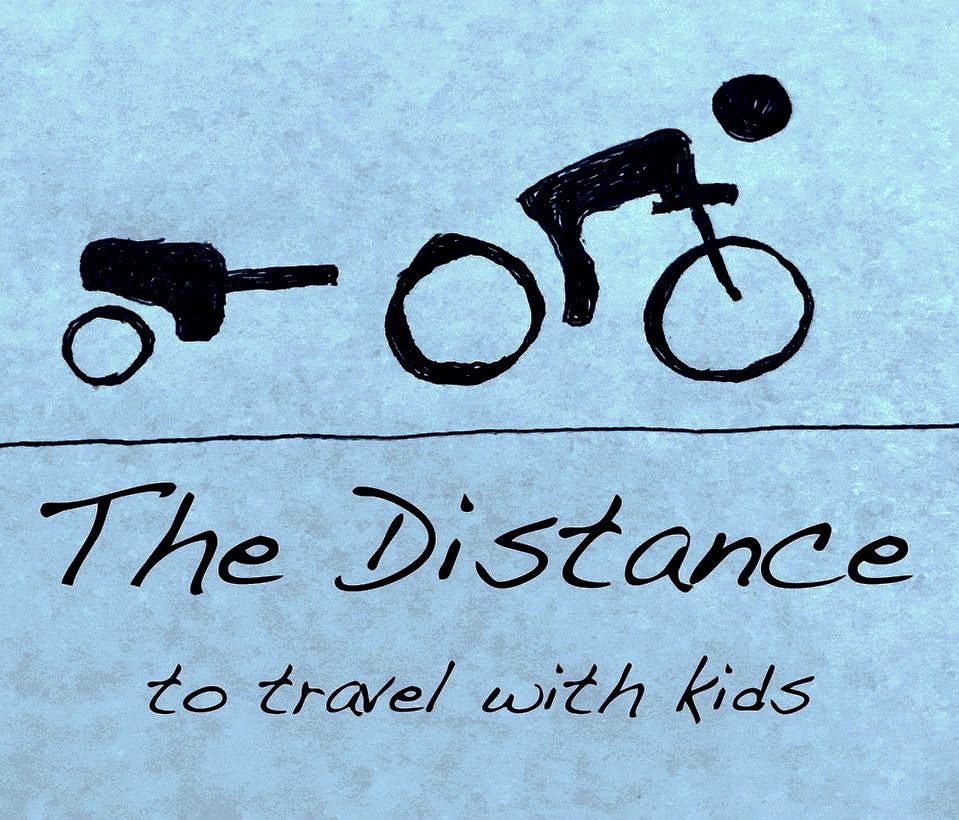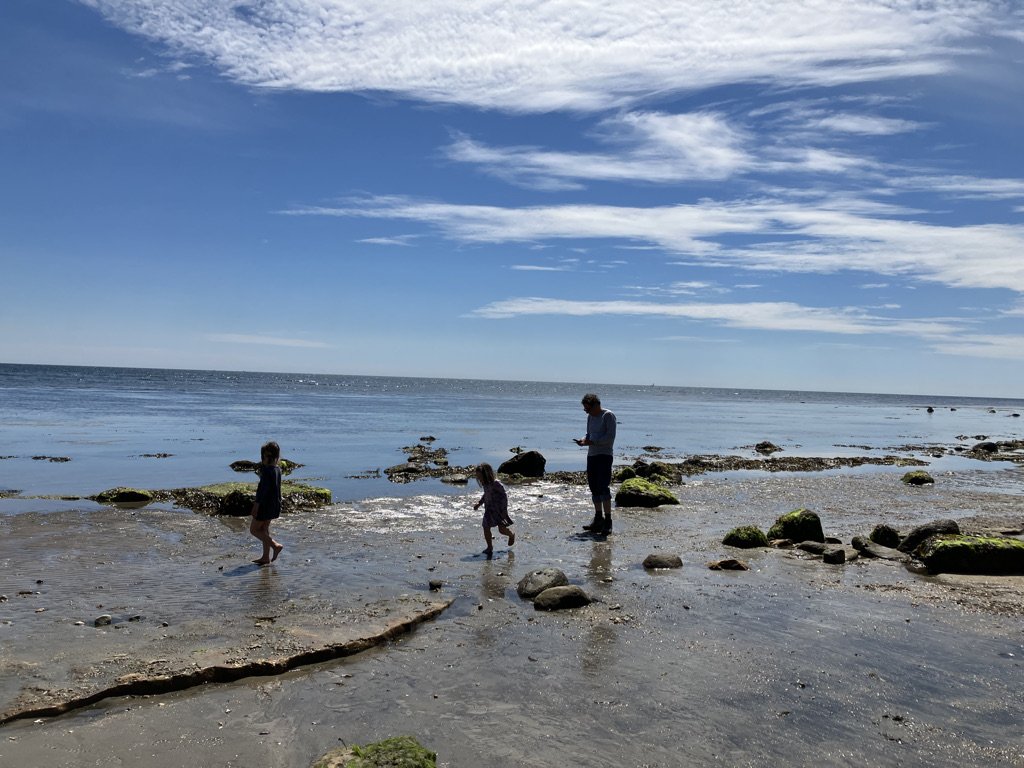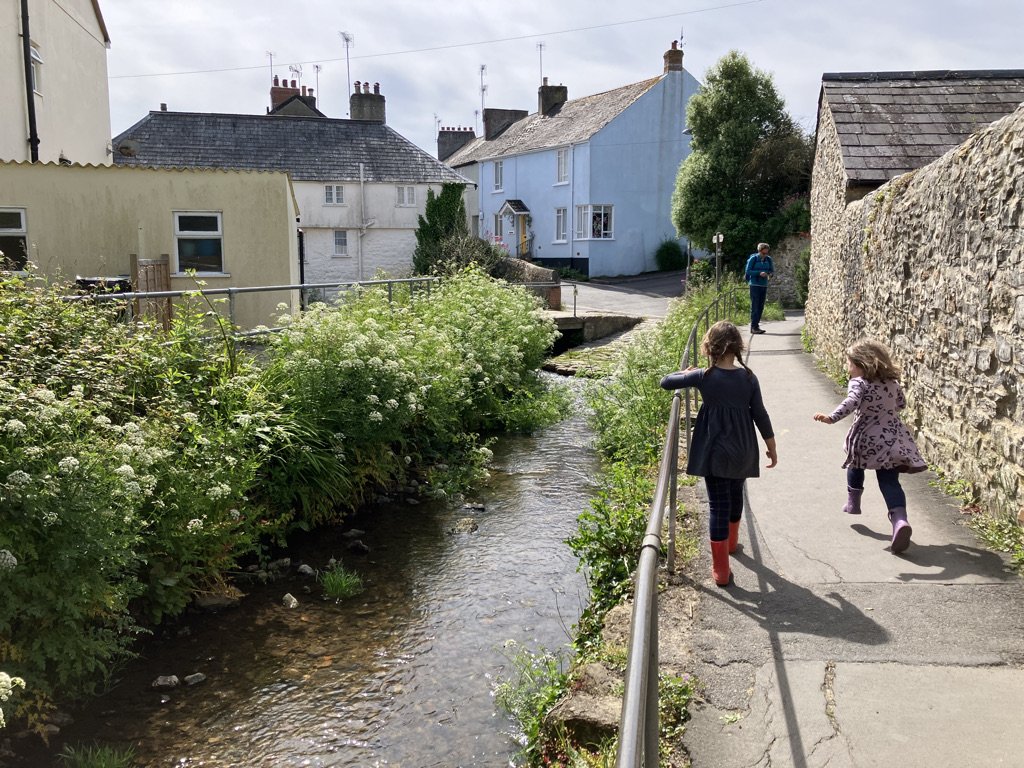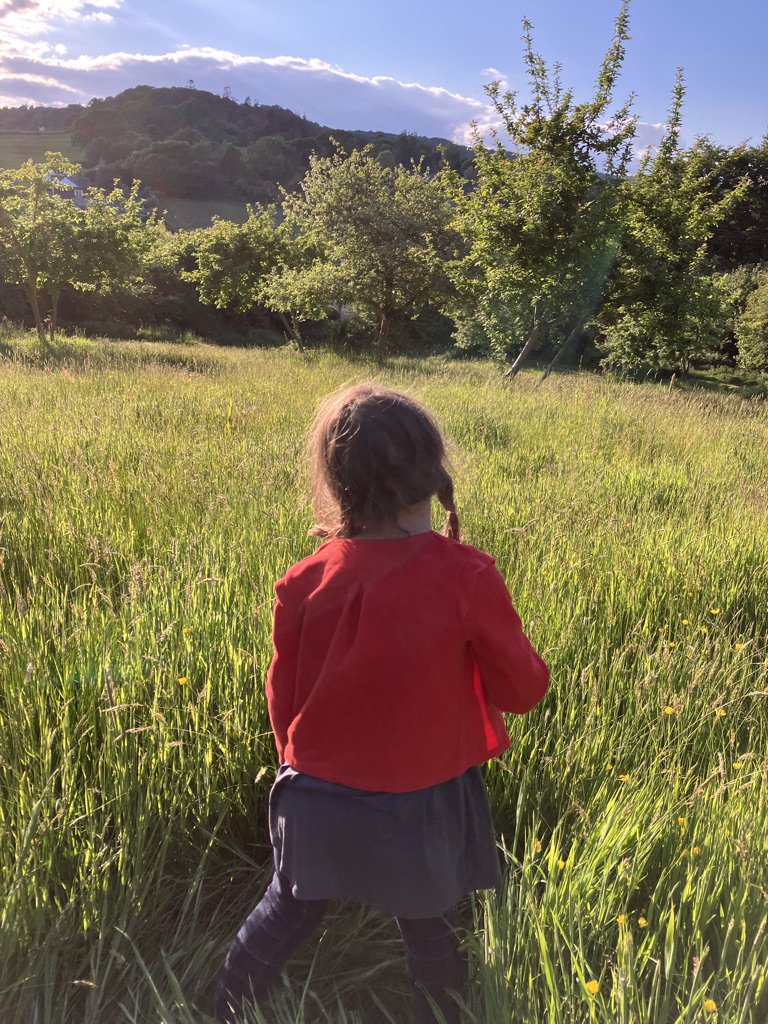Lyme Regis, Dorset: fossil-hunting mecca of the Jurassic Coast
Lyme Regis has ammonite street lights.
Just east of the Dorset/Devon boarder, Lyme Regis is a manageable town to enjoy wandering the narrow streets and (fossil) shops. Its Georgian architecture marks the moment when bathing in the sea became fashionable in the 18th Century. Upscale but not stuffy, it’s a charming beach town for ice cream by the sea and walk out into the countryside. An escape from the hectic.
Child-friendly scale adventure
If you’re looking for a child-friendly scale adventure, I would recommend camping at Hook Farm in Uplyme, which has a gentle 1.5km walk to Lyme Regis. The path runs across meadows, streams and thatched roof houses and then snakes into the back of Lyme with minimal time along roads. It was a beautiful way to frame our trip with surprisingly no revolt from the 6 and 4 year old.
Fossil Hunting
While many animal and dinosaur fossils have been found along the Jurassic Coast, there are typically two types of fossils you can find while walking Dorset beaches. Belemnites: worm-like creatures that fossilize as long bullet shape, which are the most common. Then there are ammonite fossils: the striking spirals made from squid-like tentacles when alive.
The tide beating against the cliffs, eroding and dislodging the fossils, means fresh fossils are revealed every low tide. Therefore, it’s essential to check the tide times when planning a fossil hunt as high-tide will make it dangerous if not impossible to be on the beach.
Honesty report: although our children were energised search for fossils, we managed expectations about what was going to be found. We found some but not many fossils. No Ammonites. They lost interest after 45 minutes and it became an afternoon on a rocky beach, playing in rock pools, which was also wonderful.
Best beaches for fossil hunting:
Charmouth beach: this is said to be the best beach for guaranteed success. It’s East of town and has it’s own car park.
Lyme Regis Fossil beach (Ammonite Pavement): walkable from town, there are big Ammonites in the stones.
Pre-trip prep
There are a number of YouTube videos that show what you can find, so it’s easier when out on the sand.
Mary Anning Rocks Statue
Mary Anning was a 19 Century pioneering palaeontologist that was never fully credited for her work because she was a working-class woman. The Royal Society has included her in a list of 10 British women who have most influenced the history of science. Recognising her feminist perseverance in stone, a statue walking out towards the beach with her dog has been unveiled in Lyme to commemorate her life and work. The status fits perfectly into the backdrop of the sea as thought she’s off to collect some fossils at dawn.
Dionsaurland Fossil Museum
A quirky passion project by the owners who are palaeontologists that live locally.
Unfussy food with a view
For breakfast, I recommend the Bell Cliff, standard café breakfast fare, but outstanding view. Checkout Herbies fish and chips along the water front for lunch. They also do scallops. Poco Pizza for an evening supper view.
If you want to pack a special picnic: Good Food Café and Deli.
Where to stay
We lucked out with a leafy stunning tiered pitch at Hook Farm, which was 1.5kms from Lyme. Highly recommended. Quiet, the section is for backpacking tents and technically only two people, but we stayed as a family of four and kept to ourselves while having breakfast. We were out all day, so I didn’t feel this disrupted the spirit of the area.






